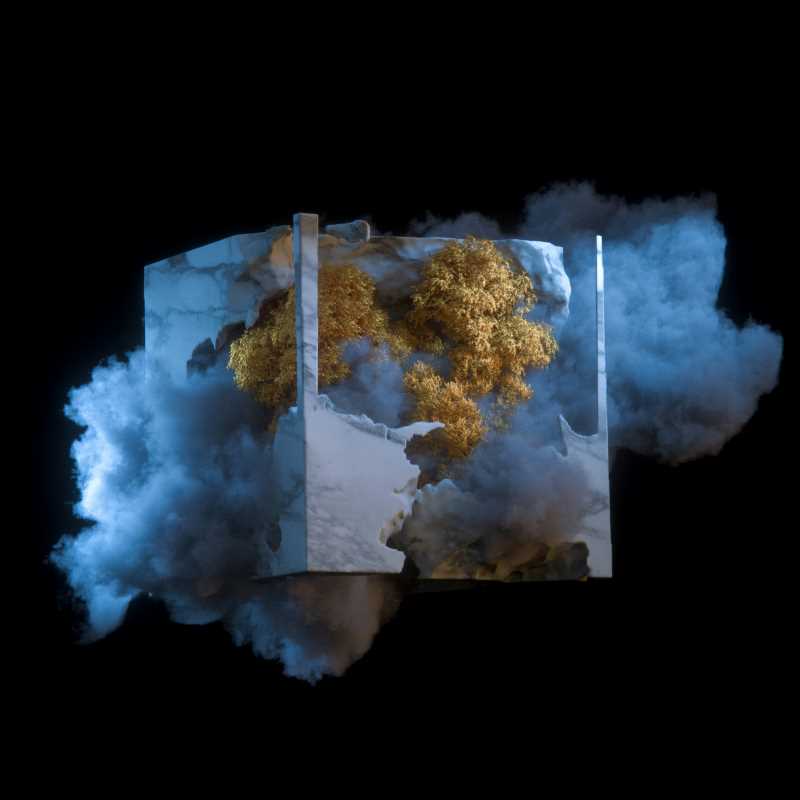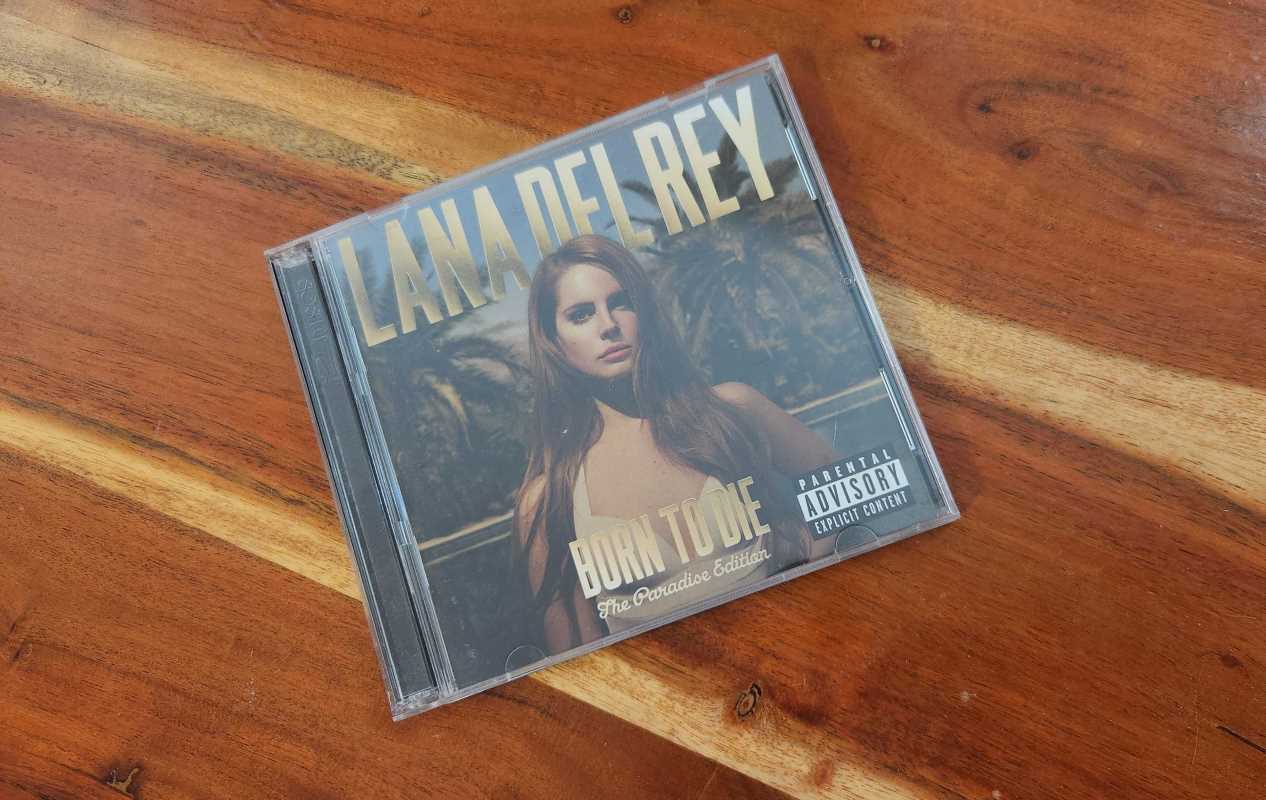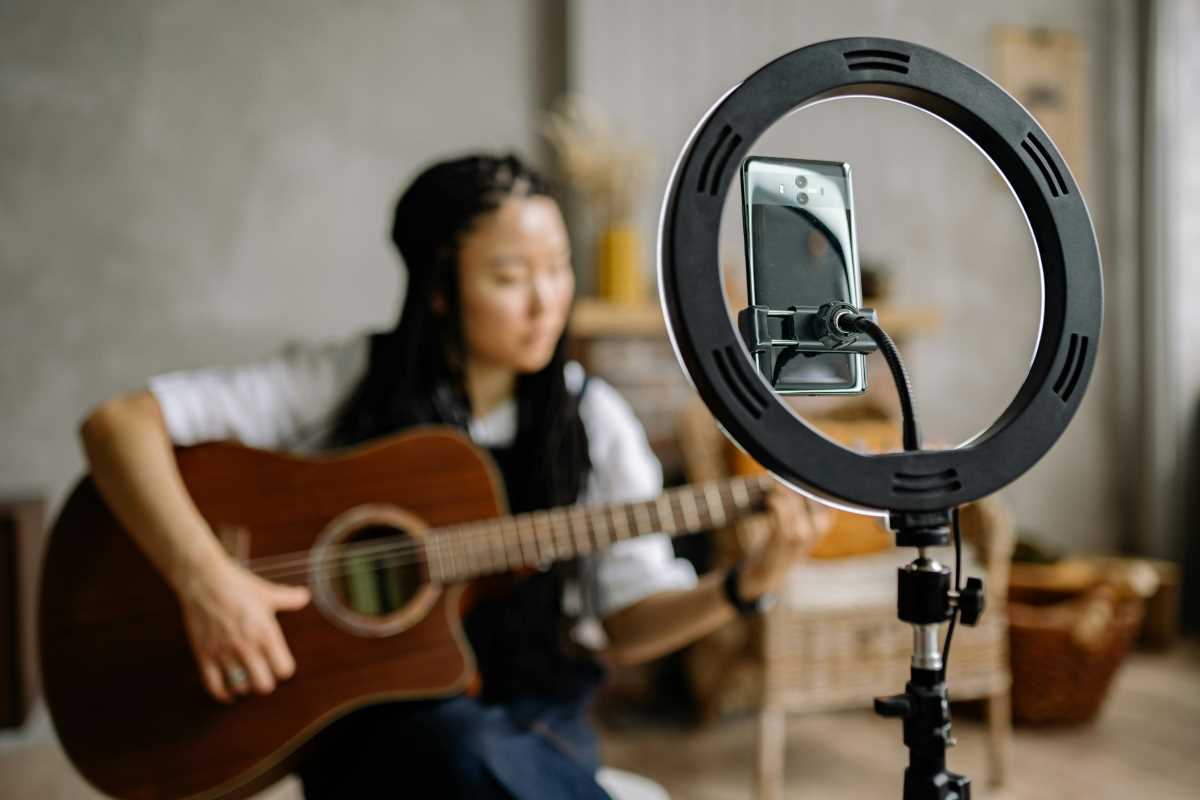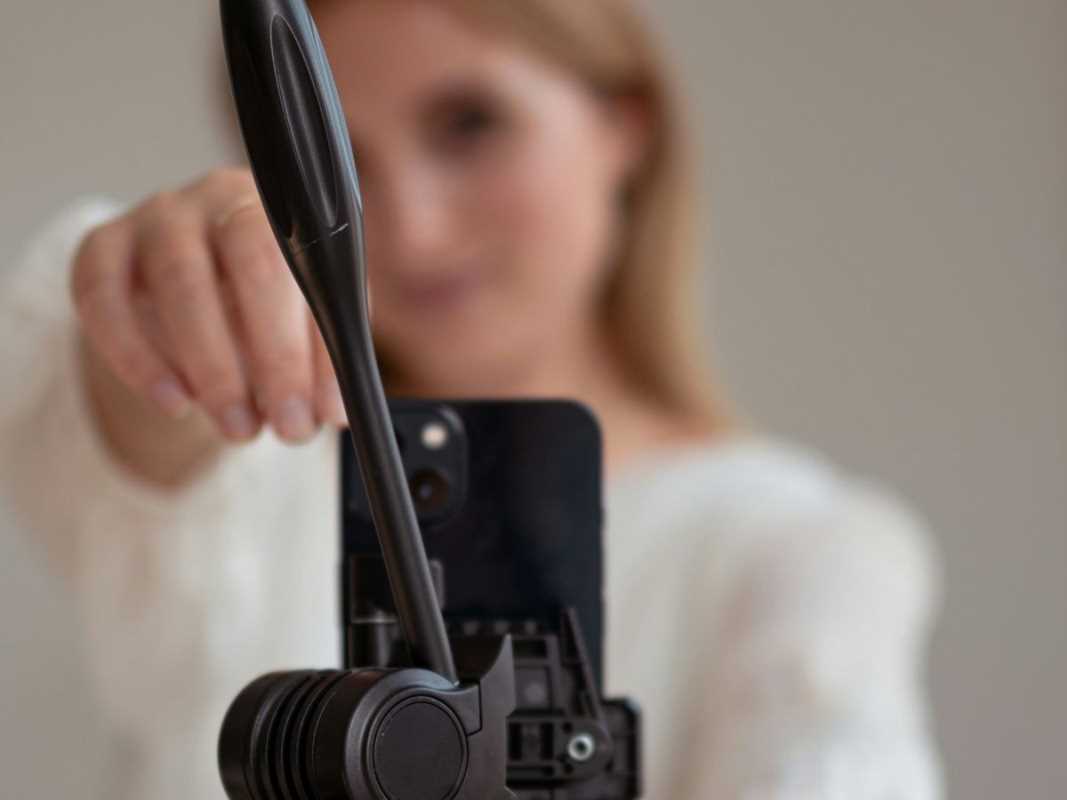The proliferation of digital art within the film and theater industries necessitates a sophisticated marketing approach. Online exhibitions provide a bespoke platform for digital artists to present their work to a global audience, including key decision-makers such as directors, producers, and production designers. A well-executed online exhibition transcends a simple gallery, functioning as a strategic marketing instrument to secure commissions and build a distinguished professional brand.
This document provides a formal framework for marketing digital art through online exhibitions. It outlines actionable strategies for platform selection, content curation, audience engagement, and professional collaboration. The objective is to equip artists with the procedures required to create and promote a compelling digital presence that commands industry attention.
Curating the Online Exhibition
The foundation of any successful exhibition is the careful selection and arrangement of the work presented. The content must be curated to tell a cohesive story about your artistic vision, technical proficiency, and professional specialization.
Defining the Exhibition's Theme
A strong thematic focus unifies your collection, providing a narrative framework that guides the viewer's experience. This theme might be based on a specific project, such as concept art for a particular film, or it could explore a broader aesthetic, such as "Futurist Set Design" or "Digital Costume Rendering." A clear theme demonstrates focused expertise and conceptual depth.
Selecting and Arranging Content
The principle of quality over quantity must be rigorously applied. An exhibition of five to seven exceptional pieces is far more impactful than a larger collection of varied quality. Each piece must be of the highest technical and artistic standard.
The arrangement of the artwork should be deliberate, creating a logical flow. You might organize the work chronologically to show the development of a concept, or group pieces by type, such as character designs, environment concepts, and keyframe illustrations. This structured approach ensures a clear and professional presentation.
Choosing the Right Platform
The digital venue for your exhibition determines its accessibility, presentation quality, and professional context. The selection must align with the standards of the film and theater industries.
- ArtStation: This platform is the industry standard for digital artists in entertainment. It supports high-resolution images, video, and 3D models. Its "Projects" feature allows for the creation of detailed case studies for each piece, making it ideal for a structured exhibition.
- Dedicated Portfolio Websites: A personal website built on a platform like Squarespace, Adobe Portfolio, or Carbonmade offers complete control over branding and user experience. This option allows for a truly bespoke exhibition space, reflecting a high level of professionalism and brand identity.
- Virtual Reality (VR) Galleries: For a truly immersive experience, platforms like Artsteps or Kunstmatrix allow you to create a virtual 3D gallery space. Viewers can "walk" through the exhibition, providing a unique and memorable engagement with your work. This is particularly effective for showcasing environmental designs and 3D assets.
Promoting the Exhibition to a Target Audience
An exhibition without an audience serves little purpose. A targeted promotion strategy is required to attract industry professionals.
Leveraging Social Media
Professional social media platforms are essential for driving traffic to your exhibition.
- LinkedIn: This is the primary network for professional outreach. Share a direct link to your exhibition and tag relevant studios, production companies, and connections. Post individual pieces from the exhibition over several days to maintain visibility.
- Instagram: Use high-quality images and video clips to create a visual "trailer" for your exhibition. Use targeted hashtags like #conceptart, #productiondesign, and #digitalart, and tag relevant industry accounts. Instagram Stories can be used for behind-the-scenes content about the creation process.
Direct Outreach and Networking
Identify specific directors, producers, and heads of department whose work aligns with your own. Compose a concise, professional email introducing yourself and inviting them to view your online exhibition. Personalize the message by referencing a specific project of theirs that you admire. This demonstrates genuine interest and due diligence.
Collaborate with other artists to cross-promote your exhibitions. A joint promotion with a fellow concept artist or 3D modeler can double your reach and introduce your work to a new, relevant audience.
 (Image via
(Image via





